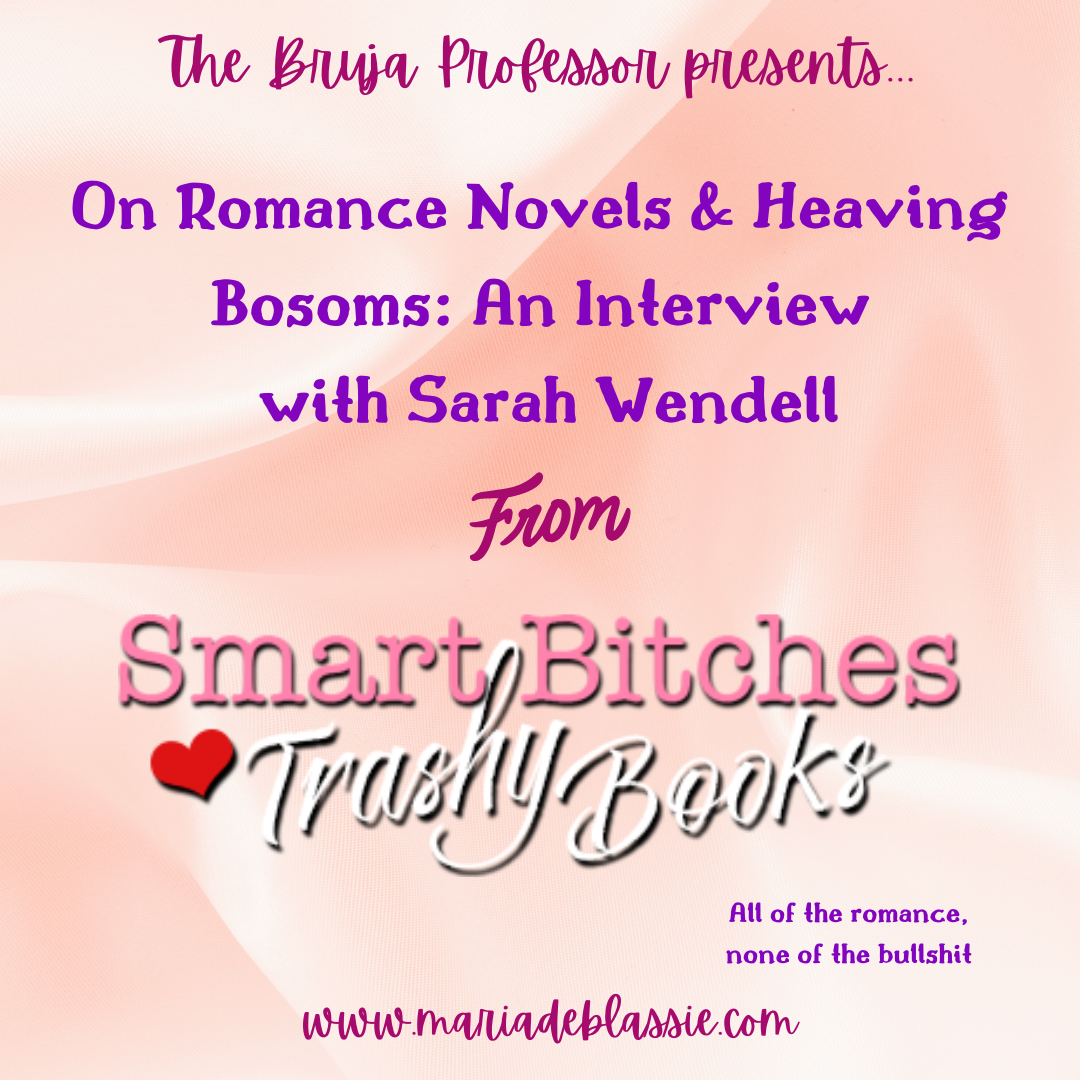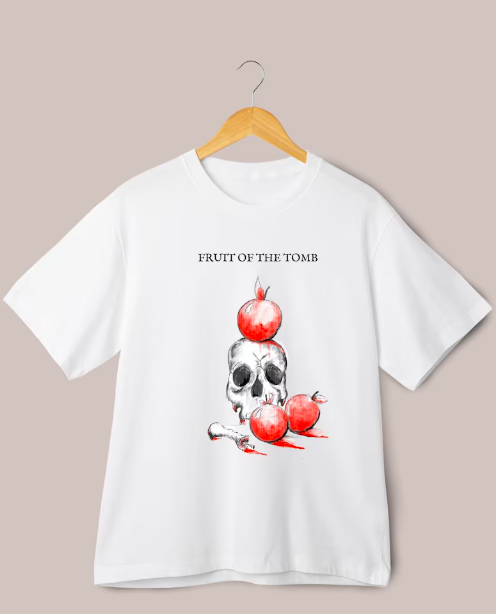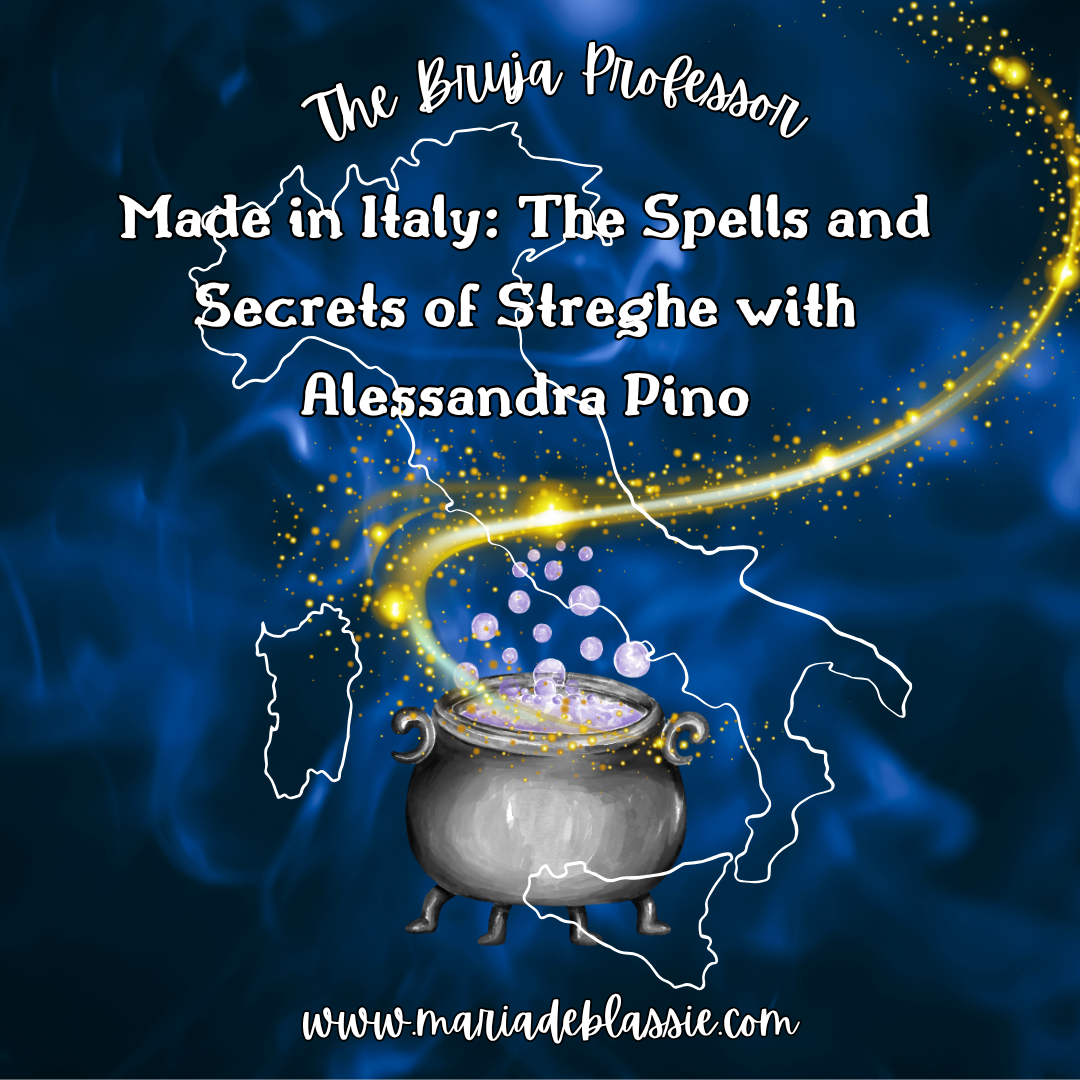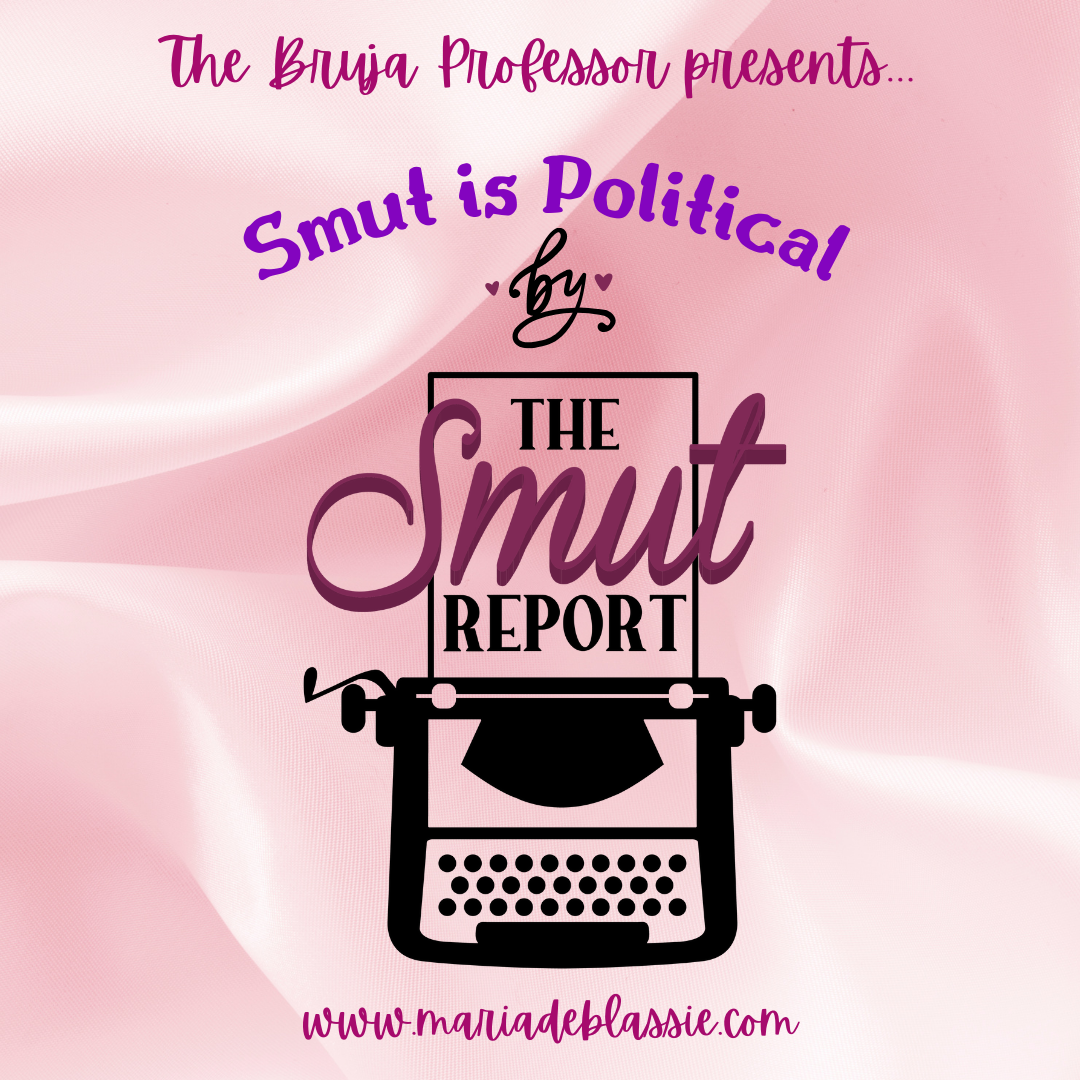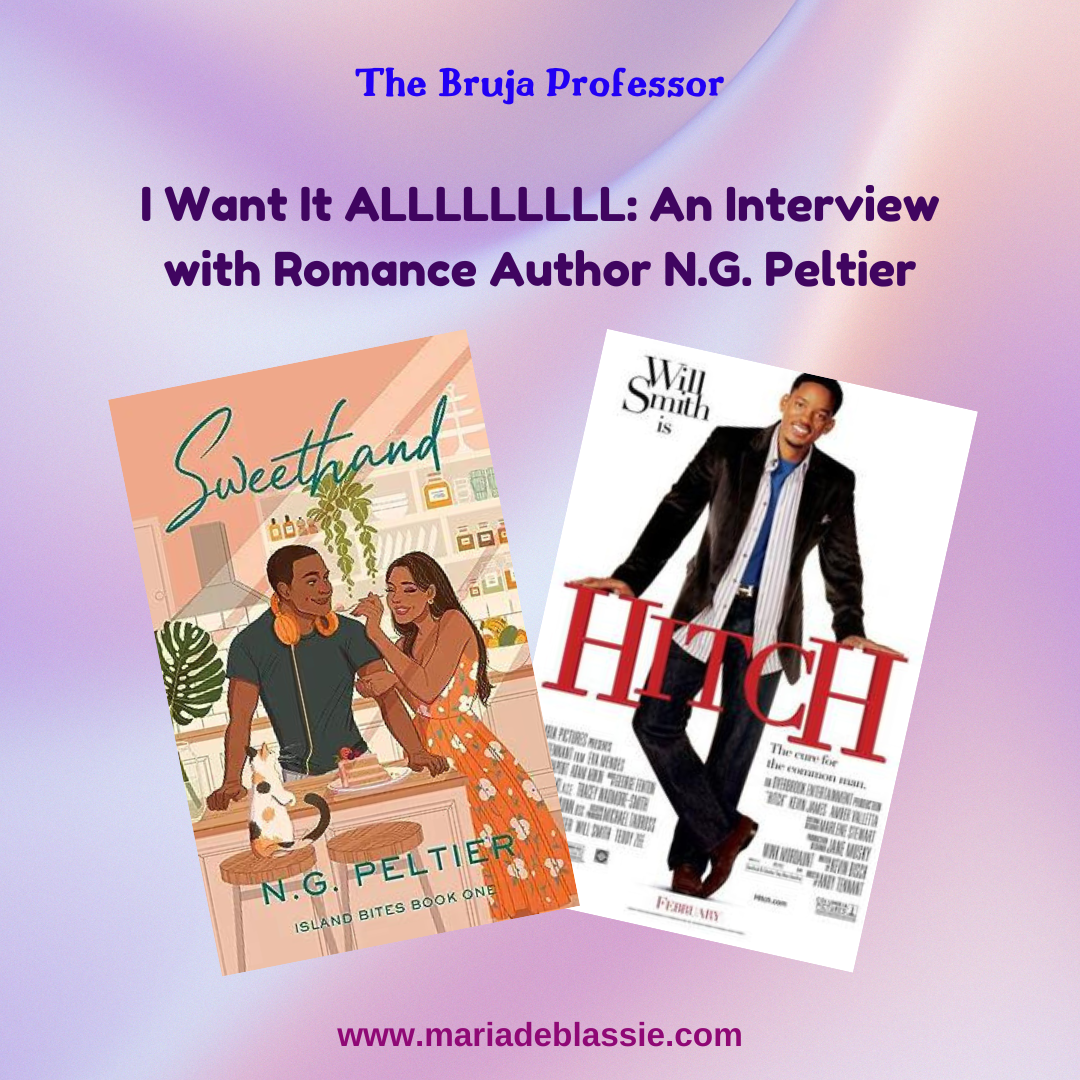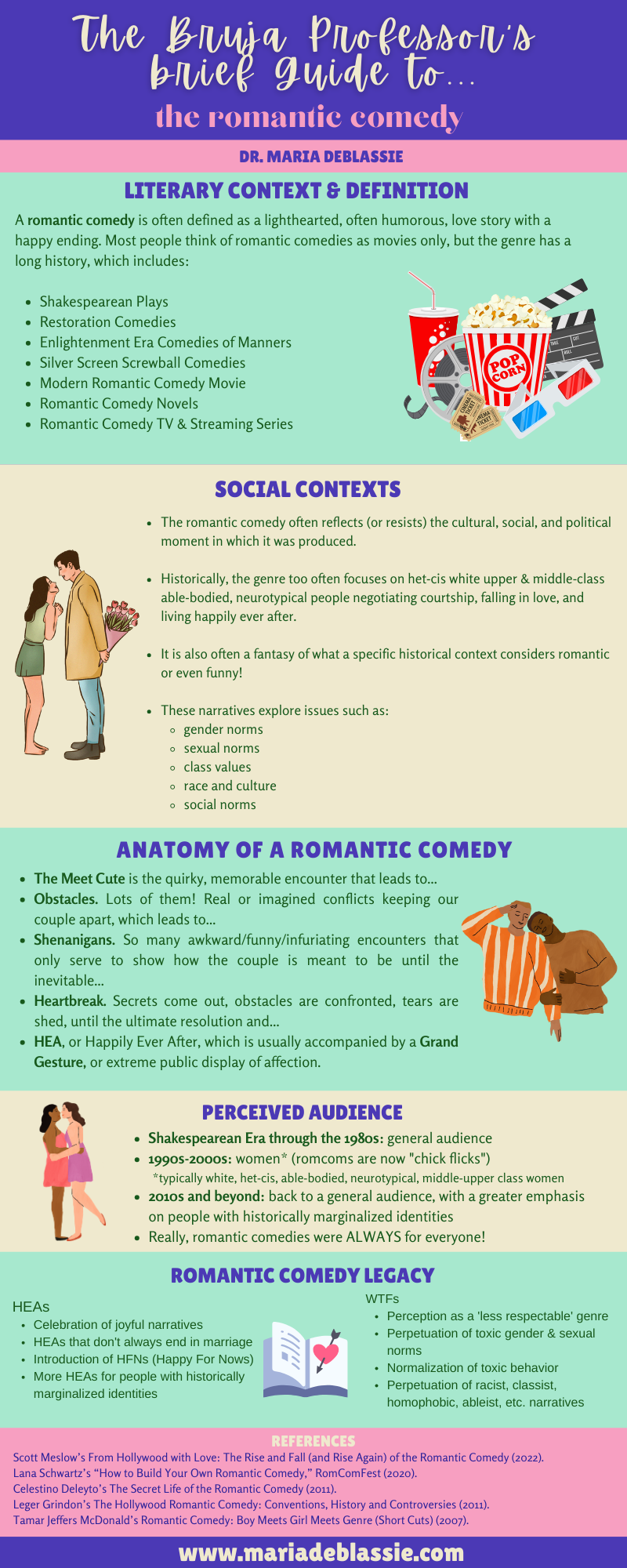Cozy horror has become the umbrella term for scary stories that err on the side of Halloween vibes without the gore and, typically, the promise of a happy(ish) ending. As with most things on the internet, this has led to CONTROVERSY about whether it expands or waters down the genre (because, of course, it did).
But what many of these conversations miss is the fact that coziness is an integral part of the history of gothic fiction. And, while we might split hairs over the difference between gothic and horror fiction, there is no denying that the gothic is the foundation for the modern horror novels, and there is tremendous overlap within these genres. I personally don’t necessarily differentiate between the two except as a way of looking at sub-genres within a larger genre of scary stories, because what is the point?!?! I also think that any genre contains multitudes, and to reduce horror to its most obvious examples (such as slasher fiction) is to strip it of nuance.
It’s like saying 50 Shades of Grey is what romance is (it’s not, and there is a whole wide world out there, but many don’t bother to look beyond the most well-known example in pop culture). As a scholar, I’m more interested in why cozy horror seems to be having a moment and exploring the rich history this conversation has exhumed.
And so, with this in mind, I forge ahead into the gloomth…
Know Thy Gloomth: A History of Cozy Horror
As I said, cozy horror is inherently gothic. That is, it’s an integral part of the genre, woven into its very fabric by the writer of the first gothic novel, Horace Walpole. The Castle of Otranto (1765) is a bonkers tale of family entanglements, strange prophecies, and giant ghost-helmets falling from the sky to murder people. Bonkers, like I said. It’s also where we get some of the genre's most iconic tropes: spooky, ancient buildings, trap doors, secret identities, and, perhaps most iconic of all, candles blowing out in the face of mysterious breezes. (You can learn more about Walpole and his legacy in this fantastic lecture by Sam Hirst of Romancing the Gothic.)
Walpole, often considered the father of the gothic genre, was deeply invested in the vibes of the gothic. He even built his own “ancient” Gothic structure, Strawberry Hill, to mirror the Gothic aesthetic he romanticized. The result was the equivalent of the McMansion for the wealthy aristocracy of the time. He describes Strawberry Hill in a letter written on June 8, 1754, as being “in the height of its greenth, blueths, gloomth, honey-suckle, and seringahood.” Here, and in his other musings, gloomth is defined as a combination of gloom and warmth. (And, it should be noted, he endearingly writes about “gloomth” in his letters as if he hopes the term will take off.)
So, in basic literary pseudo-maths: gloom + warmth = gloomth
Doesn’t that sound a little like cozy gothic to you?
The Beautiful Horrid/The Horribly Beautiful
As Mario Praz, in The Romantic Agony (1933) explains, Walpole laid the foundation for horror to be “a source of delight” in which “the ‘beautiful horrid’ passed by insensible degrees into the ‘horribly beautiful’” and, in fact, paved the way for the Romantic Era’s obsession with the intertwined nature of fear and pleasure, inspiration and anxiety (27-28). In Praz’s framework, the “beautiful horrid” outlines how macabre or uncanny elements in art and literature embody the sublime, which, itself, is inherently both awe-inspiring and terrifying.
The “horribly beautiful,” on the other hand, is more about the aesthetics, something many readers use to critique cozy horror fans. We’re about the VIBES more than the actual horror, and so, try to divorce the aesthetic from the genre. But, through the lens of Praz’s “horribly beautiful,” the aesthetics can’t be separated from the gothic. They are one. The terror is beautiful, and vice versa. Horror, as a genre, only works when we juxtapose and simultaneously integrate the two.
Similarly, Edmund Burke wrote in A Philosophical Inquiry into the Origin of Our Ideas of the Sublime and Beautiful (1757) that the sublime is both awe-inspiring and terrifying, both life-affirming and bone-chilling in the way it makes us aware of our own mortality. We feel at once the vastness of the universe and how terribly small our lives are in it. In the sublime, we confront all that makes us monstrous and human, divine and dreadful.
That sounds a lot like a good horror story to me…
Walpole’s gothic legacy wasn’t just The Castle of Otranto or Strawberry Hill. It was in the celebration of the gothic aesthetic, the vibes, if you will, of all things spooky. And, while I know it is easy to reduce things now to a social media reel of “cozy gothic vibes” (no complaints here), Walpole’s emphasis on gloomth gives these vibes agency and meaning. They aren’t just an aesthetic; they are a way to collapse the boundaries between our inner and outer lives and to be present in the world.
The comfort—dare I say, coziness?—of gloomth is in the sublime. We feel ourselves surrounded by history (via the ancient ancestral homes), feeling at once soothed to know we are part of a rich legacy, something that connects us more deeply to humanity, and also chilled by the terror of the unknown—the hidden histories, the secrets sealed behind closed doors, the memories embedded in the walls of a place.
Gloomth is a MOOD.
It invites us to find pleasure in the shadows, the hidden things, the darker emotions polite society so often asks us to reject. And there is comfort in that: pulling back the proverbial veil to confront the hidden creepy-crawlies underneath. To admit that this world isn’t just love and light, but also shadows and darkness. We embrace the gloomth to acknowledge our duality and our wholeness, to face our depths and our fears, to know we are alive.
It’s terrifying. It’s beautiful. It’s strange. It’s comforting. It’s unsettling. It’s COZY.
Gloomth Meets Cozy Horror
The latest iteration of gloomth is cozy horror, a term used to define horror stories that are low-stakes, centered in familiar spaces, and offer a more hopeful resolution. Cozy horror traditionally might also include a lighthearted tone (though not always) and is heavily focused on gothic aesthetics. There’s a whole lot of gloomth!!!
Stephanie Gagnon’s Books in the Freezer podcast episode on Cozy Horror (2023), with Agatha Andrews from the She Wore Black podcast, offers a comprehensive overview of the sub-genre, including common tropes and themes such as creepy small towns, Autumnal vibes, lots of charm, and the comfort of familiarity. Tim Burton’s Sleepy Hollow (1999) is a perfect example of cozy horror and a personal favorite, along with many a Vincent Price movie, in all his whimsigothic glamour, or old monster movies. Yet there is also room for stories that are more graphic in their horror, like Trick or Treat (2007), which manages to be both horrific and cozy (and is a new seasonal favorite of mine). There are likewise many classic fairytales and folk horror that fall under the umbrella of cozy horror. At the same time, the term cozy horror is also as ephemeral as horror itself, specifically because what we consider to be either cozy or horrific is both terribly subjective—but more on that in a minute.
One critic of cozy horror, Kate Stallwort, claims that cozy horror is another example of how horror fans have lost their roots or, in her words, how “wildly off-base our current cultural understanding of the horror genre is.” She cites Ann Radcliffe’s discourse on the difference between terror (the fear of the unknown) and horror (in-your-face scares) in Radcliffe’s essay, “Oh the Supernatural in Poetry.” Both horror and terror are essential parts of the genre and, to Stallwort’s mind, completely undermined by any sense of safety or comfort.
In her article, she writes, “Engaging with horror for pure shock value might be a shallow exercise, but horror literature which lacks ‘big stakes,’ or any other measure of discomfort, purposely eschews the intrinsic ethos of horror.”
And yet…Radcliffe’s gothic novels all end happily, as does The Castle of Otranto. Even The Monk (1796) ended well for the central protagonists, if not the monk in question. The concept of a gothic or horror story that ended with a sense of unease or even despair wasn’t inherent in the initial conception of the genre—that came later with works like Mary Shelley’s Frankenstein (1818), Robert Louis Stevenson’s Strange Case of Dr. Jekyll and Mr. Hyde (1886), and others. Even these Victorian gothic novels that have uneasy endings contain elements of coziness with the gas lamp era settings and upper and middle class opulence contrasted with human depravity.
Radcliffe, the mother of the gothic novel, promised her readers safe terror (she eschewed horror, considering it tasteless and less nuanced), paired with an uplifting, satisfying ending. She made readers feel safe so we could be drawn into the twisty-turny world of helpless orphans, kidnapping, forbidden passions, and possible supernatural interventions. Her promise is evident in how she wraps up each novel neatly, rationally sweeping away any hint of the supernatural.
Long before Scooby-Do, Radcliffe was there to easily explain any supernatural phenomenon with a stroke of her pen. She might tease, thrill, and terrify her readers, but she always brought them safely back to reality (whatever that is). We get all of the excitement of a gothic story, high stakes even, with the safety and comfort of knowing it will end well. Darcy Coates, who writes horror stories with happy endings, is an excellent example of a contemporary author carrying on Radcliffe’s legacy (although Coates doesn’t negate the supernatural in her work).
Sounds. So. Cozy.
Let’s Get Happy: The Happy Gothic
In the past few years, cozy horror has become more visible as a sub-genre of horror and, as we already discussed, has been roundly criticized for stripping horror of its darkness. That said, knowing about Walpole’s gloomth makes me consider cozy horror not as a new sub-genre but as an integral part of the genre’s history.
Dubbed “happy gothic” by Catherine Spooner in Post-Millennial Gothic: Comedy, Romance and the Rise of Happy Gothic (2017), cozy horror has come to the fore in the genre after a period in history that brought us Y2K, 9/11, the normalization of school shootings, and a myriad of other social and political traumas. This is the generation that grew up on Charmed (1998-2006) and Buffy the Vampire Slayer (1997-2003), not to mention a variety of Tim Burton movies and a flourishing urban fantasy genre in publishing—all of the terror and frights, but with more positive endings.
I’m from a generation that wants to know it can face the darkness, defeat monsters—or, when appropriate, befriend them—rather than run in fear. We own our shadows and have learned to live alongside the ghosts that roam our cities and towns.
We’ve seen another resurgence of this enjoyment of cozy horror more recently (after Spooner’s book was published) during a worldwide pandemic. This makes total sense to me as someone who went deep down the horror rabbit hole during this dark and isolating time, just as much as I leaned into all things cozy and comforting, decorating my home in twinkle lights and seasonal decor, knitting warm blankets, and generally doing things that soothed my nerves and kept me grounded while grappling with so much uncertainty. This coziness—both in domestic pursuits and in storytelling—doesn’t negate the horror we were living through or working through in stories, but it did remind us that there is light even in our darkest hour.
Happy gothic, similarly, teaches us to find romance and pleasure in the darkness. It has helped the genre become more mainstream, which isn’t necessarily a bad thing. It asks us to be playful with shadows and carry a lightness with us even as we navigate heavy issues.
Spooner writes, “The limits of Gothic, the trashy, rehashed and opportunistic renderings of its narratives and aesthetics in contemporary consumer culture, may in fact tell us as much about what Gothic is or does, the work it performs in our culture, as those works of literature or cinema validated by the patina of history or by widespread critical acclaim” (4).
I want to emphasize her framework here because it highlights the history of the gothic as a bastardized genre moving into increasing legitimacy and, as a result, determined to disown any “trashy, rehashed and opportunistic renderings” of it. But, as Spooner outlines in her book, that would be a mistake. Instead, she argues that it is more productive to explore how happy gothic opens up the genre. As with humans, genres contain multitudes. Julia Glassman, in her article on cozy horror for The Mary Sue, further explains this when she writes, “Cozy horror may sound safer than other horror genres, but it’s a mistake to think that it’s any less complex or sophisticated.”
Unsurprisingly, happy gothic is typically more feminized, as is cozy gothic, and perhaps why it is considered less authentic—and less sophisticated. Jose Cruz best outlines the value of cozy horror, and the inherent absurdity of defining a genre by gender divides, in his article in Nightmare Magazine, when he states, “We get to thinking that, like boys on the cusp of manhood, horror hasn’t really proven itself unless it’s gone out and shot something.
But that needn’t be the case. The bedsheet ghost and the dapper werewolf are just as much a part of horror as the evil clown and the serial killer mastermind. Perhaps if we were to think of genres less like sandboxes and more like spectrums, we’d all be a lot happier.”
Cozy is Subjective…Horror is Subjective
Many of the arguments against cozy horror stem from the fact that critics don’t see that coziness and unease go hand in hand in the genre, all the way back to Walpole. If the main attack is that horror should make people uncomfortable, cozy horror is the antithesis. That negates the complexity of horror and how we navigate it in our lives.
And I really don’t much care, as I find most genres to be fluid. Meaning is in the eye of the beholder, so horror—and coziness—is relative. For example, Christopher Golden’s All Hallows (2023) is set in 1984, a nostalgic time for readers of a certain age (me, an ‘80s baby). It has all the coziness of the Halloweens of yore, before Instagram turned everything into a picture-perfect spooky reel. It’s messy, it’s just a little bit creepy, and unpolished, which makes the uncanny and horrifying bits all the more frightening. The coziness here doesn’t undermine the horror—both interpersonal trauma and supernatural terror—of this story, but rather pops it out.
This novel is also just as much about relationships as it is about the horror (one important marker of “cozy”), but, frankly, any good horror should be just that. At least, they lose my attention if they aren’t. Horror, at its best, is an exploration of the unknown, including the darkness in humanity, so if you don’t center characters you care for, THERE IS NO POINT. And, while the ending isn’t completely without loss (trying to remain spoiler-free here), it is not without hope, either.
So much of the novel’s coziness is in the nostalgia for “analog” Halloween — or a Halloween before social media, computers, or the commodification of the holiday. Again, I love my full-on Halloween social media saturation and all-out festivities, but this book brings me back to my 90s Halloweens, where everything was low-key and framed by a quiet dread and spookiness as the sun set over the neighborhood. The horror here is as much in the family dysfunction hidden behind the doors of quiet suburbia as it is in the creepy ghost kids who hitch a ride with the living trick-or-treaters of the neighborhood, whispering in fear about the Cunning Man. Woven throughout this slowly escalating horror story is the eerie comfort of the dark woods that frame the neighborhood, and the simple Halloween rituals familiar to most readers (watching old monster movies, trick-or-treating, strolling through haunted houses).
Like a haunted house, a good scary story always allows us to explore terror from a safe distance, knowing we, at least, will come out all right at the end. The British pastime of reading ghost stories during Christmas epitomizes that. There’s an inherent comfort—and thrill—in reading about dark things on a dark night. You cannot read Algernon Blackwood or M.R. James stories without feeling that warm sense of gloomth.
The Apple TV series adaptation of Stephen King’s Lisey’s Story (2021) is, similarly, cozy horror for me. I will admit that I am a bad English teacher and haven’t read the book. I’m one of those people who tend to prefer King adaptations to his actual work, so my exploration of it as cozy horror might also hold up for the novel, but I just don’t know, and, with limited reading time, have no real desire to find out. The series, however, is the epitome of cozy horror for me. To be clear: this is a violent, horrific story, both in terms of generational trauma and mental illness, and in the supernatural elements that mirror these issues. I would not, in other words, watch it with my young nieces. (Interestingly, the novel is billed as a horror-romance, another sub-genre which no doubt leads to much discourse.)
And yet, I would consider this series cozy horror, as it felt deeply comforting to watch. Amidst the horror Lisey faces—from the loss of her husband, dealing with a psycho fan of her famous author spouse, family dramas—is a setting of pure Autumnal comfort. Her home is on a sprawling estate saturated in fall colors and the eerie echo of her husband’s memory. Even the outdoor pool, a dark, black oracle, becomes sacred as a doorway to Boo'ya Moon, another dimension that is at once a safe hiding place and full of danger.
There is something deeply profound about feeling the connection to someone you love from the beyond, that kind of intimacy where you have your own language with them, that embodies gloomth. The natural landscape, too, seems to hold Lisey close even as she mourns. For me, coziness and comfort will always come with stories that teach us to live alongside shadows—not be swallowed by them, not pretend they aren’t there, but to know darkness is real—and that we don’t have to be swallowed up in it.
On the other hand, Rachel Harrison’s Cackle (2021), while delightful on so many levels, didn’t land as cozy to me once I’d finished it. I know I’m a minority here, but the ending of the novel was disturbing to me, more unsettling than any horror bloodbath. I suspect I know what the author intended with the ending, but, as someone who has navigated her way out of her fair share of toxic New Age witchy women’s groups, the conclusion was deeply unsettling. Sure, there are healthy covens, but I don’t think this book shows that. I’m trying to remain spoiler-free here, so all I’ll say is that there is a real dark side to love and light communities that thrive on mutual loneliness, grooming, and boundary violations…all under the guise of empowerment. Did our heroine find self-worth, or did she just find another toxic relationship that made her feel part of something? The coziness of the ending here, in other words, is subjective. My research and personal experience in the world of woo-woo have definitely shaped my perception of how witchcraft is portrayed in horror stories. I’m also suspicious of narratives that frame problematic behavior in pretty packaging to sanitize unresolved trauma (This is also why, by the by, I have trouble with more conservative-leaning “cozy” holiday romances…Hallmark movies read more like folk horror to me.)
Isabel Caña’s The Hacienda, conversely, gives me that cozy boost because it lovingly reinvents the gothic romance while exploring issues of colorism, bad religion, and our messy cultural history. Gothic romances are inherently cozy horror. Here, the coziness for me is in the cultural resonance. There’s no sentimentalizing our history. It shows real people navigating religious corruption and generational trauma (the horror), while also finding medicine in nature, natural spirituality, and love (the cozy bits). It’s not what most people would consider cozy horror, but I see myself in Caña’s works and the “horribly beautiful” history written in our blood. It’s a novel that makes me feel at home, even as I grapple with the terror on the pages.
And that’s the point.
Just as horror is subjective, so is coziness.
I even often dub my folk horror novella, Weep, Woman, Weep, as cozy gothic, not because it’s cute or sweet, but because I wanted to offer a life-affirming resolution to Mercy, a mestiza, like myself. Hey, when you’re brown and not used to seeing yourself depicted in narratives of resilience and joy, well, that’s its own kind of horror. I’ve always wanted to write stories about people who work through things and thrive, not just survive. Amidst the horrors of generational trauma and ancestral curses, there is a bone-deep comfort Mercy takes in the land and a heartfelt desire to change her life story for the better. That includes funny moments and tender moments, gentle feelings and the promise of romance…even as she deals with the curse of La Llorona and the horrors of small-town life. The soft parts serve to contrast sharply with the darkness surrounding her. That’s the nature of folk horror. So often it’s quiet, creepy, and oddly comforting. Nature both swallows us and holds us close, as the sublime so often reminds us. Mercy is a woman who literally has to make her home in the “horribly beautiful”—or die of despair.
Coziness for me will always be found in a story willing to face the darkness and offer us a way forward.
Horror Makes Us Happy
In the end, all that really matters is that horror makes us happy.
Cruz ultimately defines cozy horror as “the horror that makes [you] happy. Because we need more of that now than perhaps we ever did. You can find it if you know where to look. And if you don’t, those of us who place our faith in the snuggly-quilt, warm-cookie side of the genre are always glad to help.”
There is a long history of readers turning to the gothic to soothe, to heal, and to enjoy a good thrill. In fact, we can’t separate coziness from the gothic. The genre is inherently horridly beautiful, sublime, and comforting—and, for us weirdos, offers so much joy. And there’s nothing wrong with that.
So, readers, I invite you to shamelessly, joyously, embrace the gloomth!
